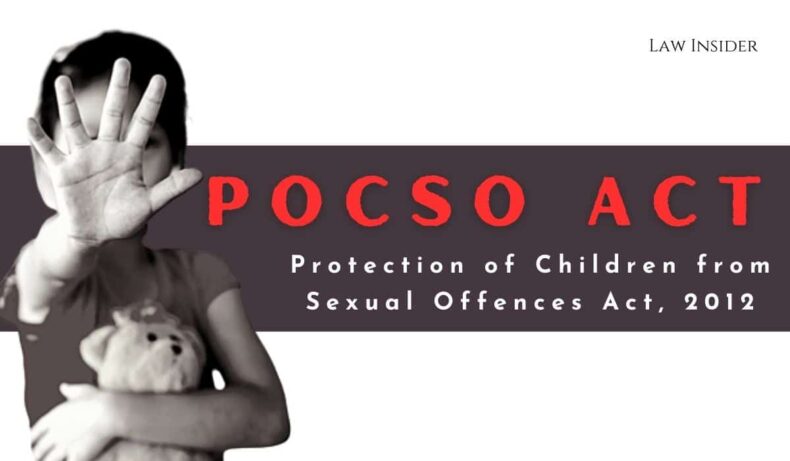A report published by the Vidhi Centre for Legal Policy at the completion of 10 years of the POCSO Act was published to look for corrections in the law, the court’s performance on such cases and suggest reforms accordingly.

About POCSO
The Protection of Children from Sexual Offenses Act, 2012 (POCSO) was drafted to protect children aged less than 18 from sexual harassment, sexual abuse and pornography. The act mentions 12 key principles that are to be followed by all government institutions, the police, NGOs or any professional present during the trial. The act is gender-neutral and the perpetrators are not distinguished by gender during the trial either. This act completed a decade of being in statute books in India on November 14, 2022. Thus, the Vidhi’s Justice, Access and Lowering Delays in India (JALDI) Initiative and the Data Evidence for Justice Reform (DE JURE) Program at the World Bank decided to analyze trends in POCSO cases in the ten years and the courts’ impact on its implementation.
Pendency and Disposal Pattern
Around 400,000 cases were taken into consideration and 230,730 were properly analyzed to get an understanding of the pendency and disposal pattern. A gradual increase in the pending cases could be seen over the years but the numbers grew to a whopping 24,863 cases between 2019 and 2020 which could be attributed to the advent of Covid-19. Furthermore, even after taking different population numbers in different regions into consideration, there are huge gaps in the number of reportings on eCourts in various districts, situated even within the same state. Though an important conclusion that could be drawn from the report is that Uttar Pradesh has the highest pendency percentage in the whole country with three-fourths of the cases filed between November 2012 and February 2021. On the other hand, Tamil Nadu has the highest disposal percentage at 80.2% over the years.

Time Taken in Disposal of Cases
It takes 509.78 days (1 year 5 months) on an average for a POCSO case to be disposed of while the time stipulated by Section 35 of the Act mentions one year. The only states where the average time taken for disposal of cases is within the stipulated time frame are Chandigarh and West Bengal. The courts took most time hearing cases that ended with conviction rather than acquittal. As the report mentions, “For every one conviction in a POCSO case, there are three acquittals.” Not to mention, the most time consuming is the evidence stage in which both the prosecution and the defense show the evidence. The report elaborates, “the stage of evidence consumes a disproportionate amount of time (both in number of days and number of hearings) in a POCSO trial. 183.41 (over 6 months) are spent on the evidence stage in a typical POCSO case.”
Reforms Suggested
The primary goal of the act is to protect children and thus it should ensure to fulfill the needs of children during such trials. Thus, emphasis on effective redressal after the violence takes place is necessary. The report strongly recommends public consultations with domain experts before any significant amendment is made to the act. It also suggests a ‘hybrid’ approach for recording evidence where certain evidence such as medical reports by doctors, statements of witnesses can be recorded virtually. This will save time that is unnecessarily spent on the evidence stage. It must also be ensured that judges and prosecutors get proper therapy for the trauma that comes along with POCSO cases. Information regarding date of filing FIR, chargesheet, and date of cognizance by court must be shared on eCourts according to the report.
10 years is a significant amount of time to analyze the way the legislation has been implementing certain laws and whether it is anywhere near achieving the goal the act has been drafted for. This report is an important tool in this analysis and the time has come for the legislation and the courts to complete their part of the task for a better future of the children of the upcoming generations.













